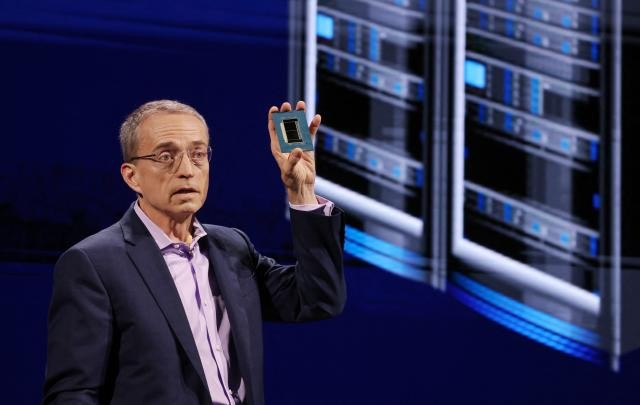
Despite Pat Gelsinger's strong technical background and widely praised management skills, his appointment as Intel's CEO in January 2021 proved to be a misalignment for the semiconductor giant.
When Intel announced Gelsinger as their new chief executive, the industry largely applauded the decision. Known for being personable, technically competent, and an effective leader, Gelsinger seemed like an ideal choice to steer Intel back to its former glory.
However, beneath the surface, deeper issues emerged that made this leadership match problematic. While Gelsinger brought undeniable strengths - including deep technical knowledge and a track record of managing teams well - these qualities alone weren't enough to address Intel's fundamental challenges.
The core problem wasn't Gelsinger's capabilities, but rather a misalignment with Intel's entrenched cultural dynamics. Despite his impressive background and management approach, Gelsinger struggled to navigate and transform Intel's complex organizational structure and internal practices.
Industry observers noted that Intel required more than just technical excellence or standard management skills - it needed a leader who could fundamentally reshape the company's culture and operational approach. While Gelsinger excelled in many areas, his leadership style didn't fully address these deeper organizational needs.
The mismatch between Gelsinger's strengths and Intel's requirements highlights a broader lesson about corporate leadership - technical expertise and management skills, while valuable, must align with a company's specific cultural and structural challenges to drive meaningful change.
Looking ahead, Intel's path forward will likely depend not just on strong technical leadership, but on finding ways to transform its underlying organizational dynamics and culture.